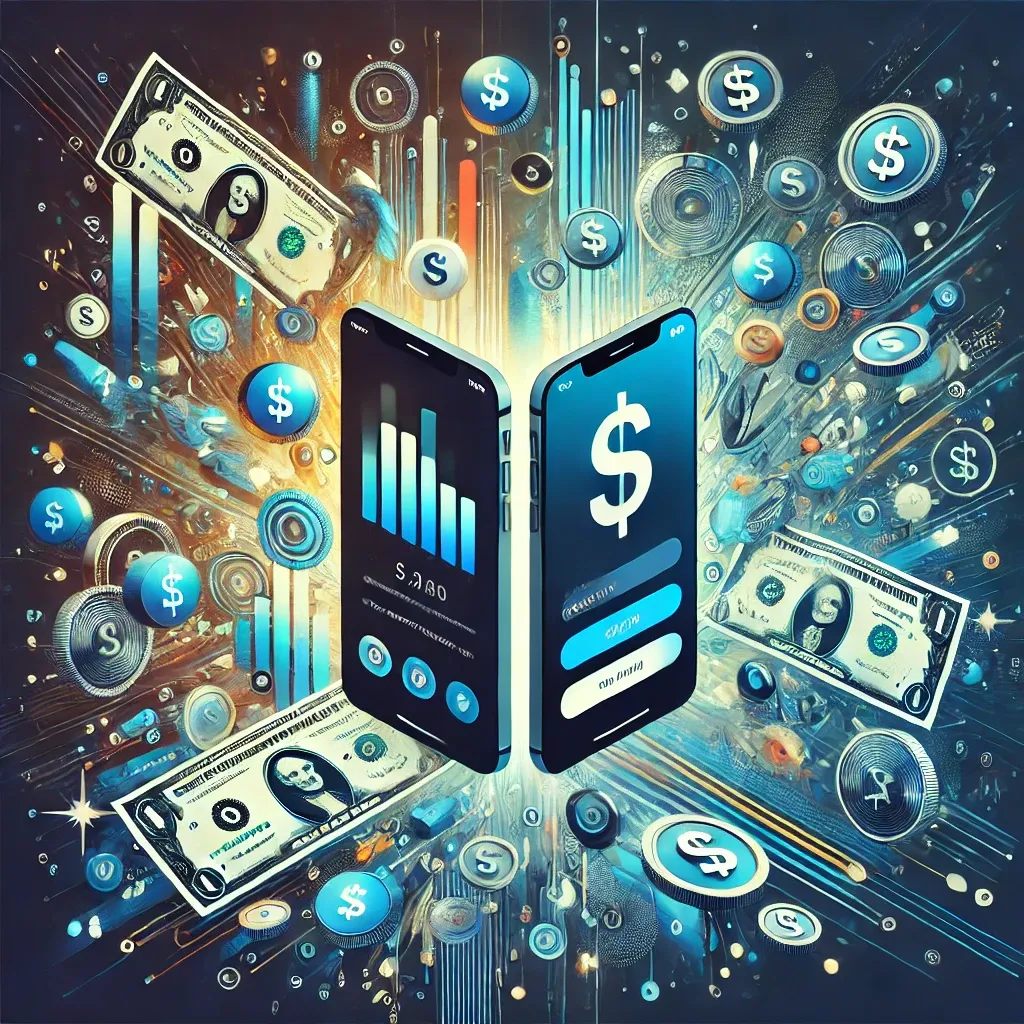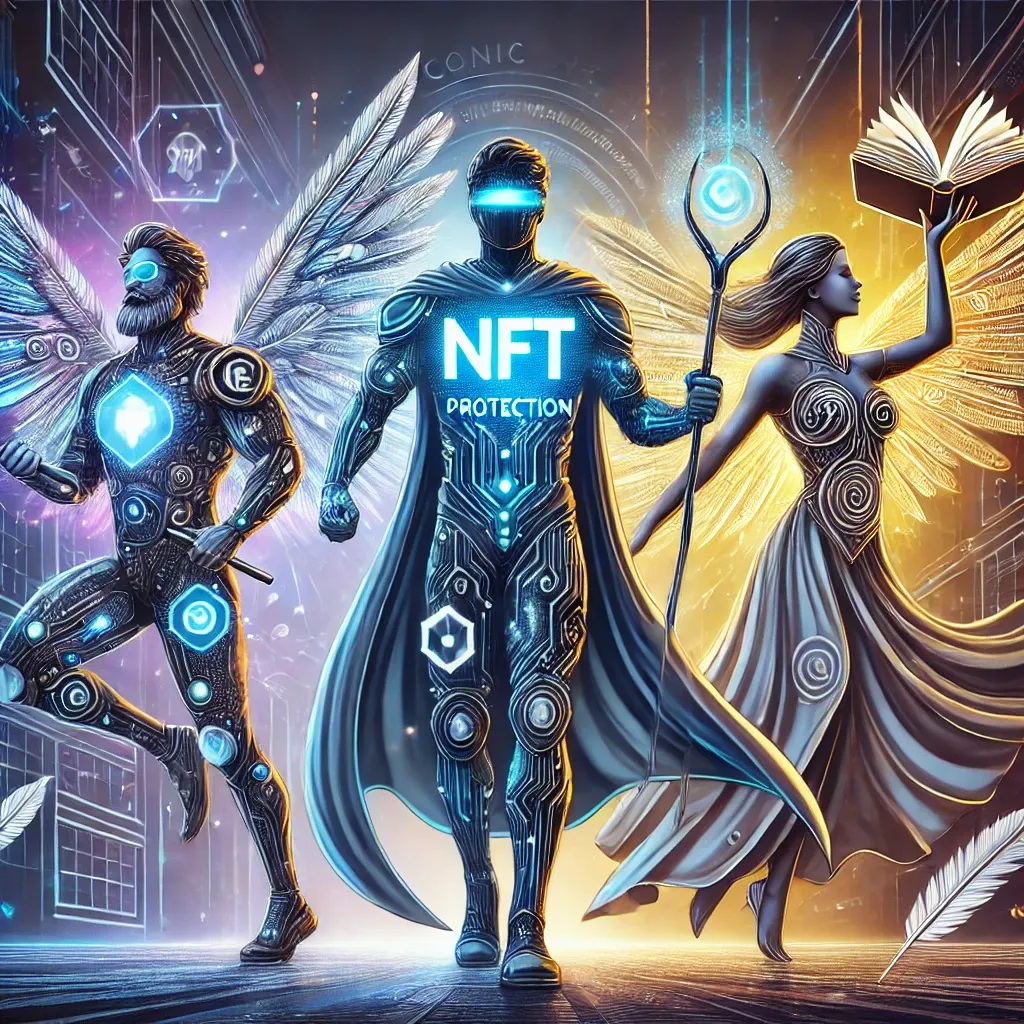5 Reasons Creative Writers Should NFT Their Work
NFTs offer creative ways to engage with readers and build communities. Writers can embed experiences, such as exclusive readings, meet-and-greets, or personalized content, into the NFTs. This not only enhances the value of the NFT but also fosters a deeper connection between the writer and

In the ever-evolving landscape of digital art and literature, the emergence of Non-Fungible Tokens (NFTs) has opened a revolutionary pathway for creative writers. NFTs, digital assets that represent real-world objects like art, music, and now literary works, have become a cornerstone in the digital marketplace, offering unparalleled opportunities for writers to monetize, protect, and perpetuate their creations. Here's why every creative writer should consider NFTing their work:
1. Unprecedented Ownership and Control
At the heart of the NFT phenomenon is the ability to assert indisputable ownership over a digital asset. For writers, this means having the undeniable rights to your work, encoded and protected on the blockchain. This level of control is pivotal in a digital era where content can be easily and endlessly replicated. By minting your work as an NFT, you create a unique, immutable record of your creation, ensuring your authorship is forever linked to your work.
2. Monetization Through Digital Scarcity

NFTs introduce the concept of digital scarcity, allowing writers to create limited editions or unique digital copies of their works, which can increase their value due to their scarcity. This model provides a new revenue stream, enabling writers to sell their works directly to collectors and fans. Unlike traditional publishing, where the financial return diminishes over time, NFTs allow creators to earn royalties from secondary sales, ensuring they benefit from the ongoing popularity of their work.
3. Innovative Engagement with Readers
NFTs offer creative ways to engage with readers and build communities. Writers can embed experiences, such as exclusive readings, meet-and-greets, or personalized content, into the NFTs. This not only enhances the value of the NFT but also fosters a deeper connection between the writer and their audience. Such engagement opportunities can transform readers into active participants in the writer's universe, creating a loyal fan base that is invested in the success of the writer's work.
4. Protection Against Piracy
The blockchain's nature makes it an excellent tool for combating piracy. Since each NFT is uniquely identifiable and verifiable, it's easier for writers and platforms to track and confirm the legitimacy of digital works. This reduces the risk of unauthorized distribution and use, ensuring that writers and rightful owners receive their due credit and compensation.
5. A Step Towards the Future of Digital Art and Literature
Embracing NFTs is not just about leveraging current trends; it's about preparing for the future. As digital consumption continues to grow, the integration of blockchain technology in creative industries is inevitable. Early adopters gain the advantage of navigating this space, understanding its intricacies, and establishing themselves as pioneers within a digital ecosystem that values authenticity, creativity, and direct creator-audience relationships.
Conclusion
For creative writers, the journey into NFTs is more than a leap into a new technological trend; it's a step towards redefining the value and distribution of their literary work in the digital age. By embracing NFTs, writers not only protect and profit from their creations but also join a broader movement towards a more equitable, transparent, and engaging digital literary culture. As we continue to witness the blurring lines between the physical and digital realms, the role of NFTs in literature is not just innovative; it's integral.
Dane Scarborough is Co-founder of Iconic99s, a series of apps to help creatives mint NFT's with a few clicks for .99 cents.
